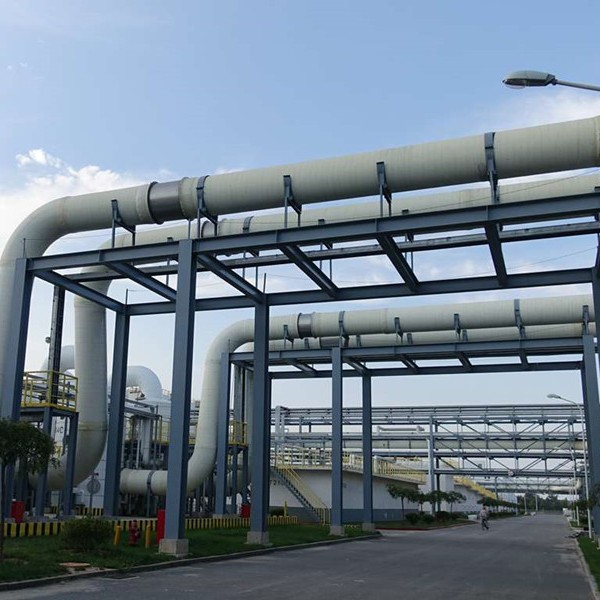
-
 Afrikaans
Afrikaans -
 Albanian
Albanian -
 Amharic
Amharic -
 Arabic
Arabic -
 Armenian
Armenian -
 Azerbaijani
Azerbaijani -
 Basque
Basque -
 Belarusian
Belarusian -
 Bengali
Bengali -
 Bosnian
Bosnian -
 Bulgarian
Bulgarian -
 Catalan
Catalan -
 Cebuano
Cebuano -
 China
China -
 China (Taiwan)
China (Taiwan) -
 Corsican
Corsican -
 Croatian
Croatian -
 Czech
Czech -
 Danish
Danish -
 Dutch
Dutch -
 English
English -
 Esperanto
Esperanto -
 Estonian
Estonian -
 Finnish
Finnish -
 French
French -
 Frisian
Frisian -
 Galician
Galician -
 Georgian
Georgian -
 German
German -
 Greek
Greek -
 Gujarati
Gujarati -
 Haitian Creole
Haitian Creole -
 hausa
hausa -
 hawaiian
hawaiian -
 Hebrew
Hebrew -
 Hindi
Hindi -
 Miao
Miao -
 Hungarian
Hungarian -
 Icelandic
Icelandic -
 igbo
igbo -
 Indonesian
Indonesian -
 irish
irish -
 Italian
Italian -
 Japanese
Japanese -
 Javanese
Javanese -
 Kannada
Kannada -
 kazakh
kazakh -
 Khmer
Khmer -
 Rwandese
Rwandese -
 Korean
Korean -
 Kurdish
Kurdish -
 Kyrgyz
Kyrgyz -
 Lao
Lao -
 Latin
Latin -
 Latvian
Latvian -
 Lithuanian
Lithuanian -
 Luxembourgish
Luxembourgish -
 Macedonian
Macedonian -
 Malgashi
Malgashi -
 Malay
Malay -
 Malayalam
Malayalam -
 Maltese
Maltese -
 Maori
Maori -
 Marathi
Marathi -
 Mongolian
Mongolian -
 Myanmar
Myanmar -
 Nepali
Nepali -
 Norwegian
Norwegian -
 Norwegian
Norwegian -
 Occitan
Occitan -
 Pashto
Pashto -
 Persian
Persian -
 Polish
Polish -
 Portuguese
Portuguese -
 Punjabi
Punjabi -
 Romanian
Romanian -
 Russian
Russian -
 Samoan
Samoan -
 Scottish Gaelic
Scottish Gaelic -
 Serbian
Serbian -
 Sesotho
Sesotho -
 Shona
Shona -
 Sindhi
Sindhi -
 Sinhala
Sinhala -
 Slovak
Slovak -
 Slovenian
Slovenian -
 Somali
Somali -
 Spanish
Spanish -
 Sundanese
Sundanese -
 Swahili
Swahili -
 Swedish
Swedish -
 Tagalog
Tagalog -
 Tajik
Tajik -
 Tamil
Tamil -
 Tatar
Tatar -
 Telugu
Telugu -
 Thai
Thai -
 Turkish
Turkish -
 Turkmen
Turkmen -
 Ukrainian
Ukrainian -
 Urdu
Urdu -
 Uighur
Uighur -
 Uzbek
Uzbek -
 Vietnamese
Vietnamese -
 Welsh
Welsh -
 Bantu
Bantu -
 Yiddish
Yiddish -
 Yoruba
Yoruba -
 Zulu
Zulu
frp hood
Exploring the Benefits and Features of FRP Hoods
In contemporary industries, the selection of materials for various applications is critical for ensuring durability, performance, and cost-effectiveness. One remarkable material that has gained significant traction is Fiber-Reinforced Plastic (FRP). Among its many applications, FRP hoods have emerged as an essential component in various fields, including automotive, construction, and manufacturing. This article will delve into the benefits and features of FRP hoods, highlighting why they are becoming increasingly popular.
Lightweight and Durable
One of the primary advantages of FRP hoods is their lightweight nature. Composed of a matrix of plastic reinforced with fibers, typically glass or carbon, these hoods provide substantial strength while being significantly lighter than traditional metal hoods. This reduction in weight translates to improved fuel efficiency in vehicles and easier handling in manufacturing environments. Moreover, the durability of FRP hoods is remarkable; they are resistant to corrosion, rust, and other environmental damages. This makes them an ideal choice for use in various sectors where exposure to harsh conditions is common.
Exploring the Benefits and Features of FRP Hoods
While the initial investment in FRP hoods may be higher than traditional materials, their long-term cost-effectiveness cannot be overlooked. Due to their resistance to wear and tear, FRP hoods require minimal maintenance, saving businesses significant repair and replacement costs over time. Furthermore, their lightweight nature contributes to lower transportation costs, as less energy is needed to move these products, especially in the automotive sector.
frp hood

Design Flexibility
Another defining feature of FRP hoods is their design versatility. Manufacturers can mold FRP into complex shapes and designs that are not easily achievable with traditional metals. This allows for innovative styling and customization options that can enhance both aesthetics and functionality. In the automotive industry, for example, FRP hoods can contribute to better aerodynamics, improving vehicle performance while offering unique visual appeal.
Environmental Considerations
As sustainability becomes a significant concern in modern manufacturing, FRP hoods present an environmentally friendly option. The production of FRP can be more energy-efficient than metal counterparts, and their longevity means that fewer resources are expended over the product's lifecycle. Moreover, advancements in recycling methods for FRP materials have made them a more sustainable choice, aligning with the growing trend toward eco-friendly practices in various industries.
Conclusion
In summary, FRP hoods represent a cutting-edge solution in the quest for lightweight, durable, and cost-effective materials across a range of applications. Their inherent benefits—such as reduced weight without compromising strength, low maintenance costs, design flexibility, and environmental advantages—are compelling reasons for industries to adopt them. As innovation continues, the use of FRP hoods is likely to grow, paving the way for enhanced performance and sustainability in manufacturing, automotive design, and beyond. As companies strive to remain competitive and eco-conscious, the future of FRP hoods looks bright, promising significant enhancements across various fields.









